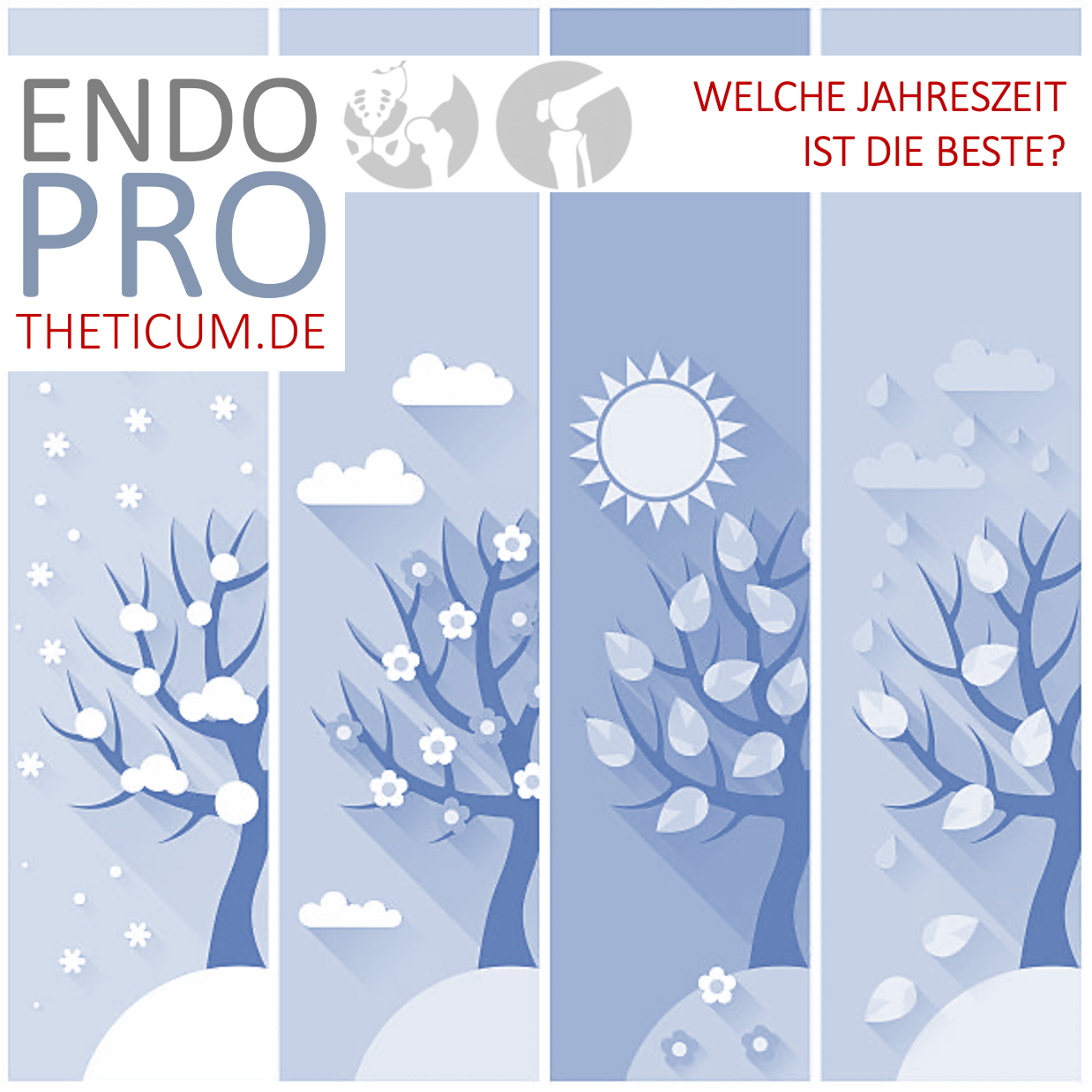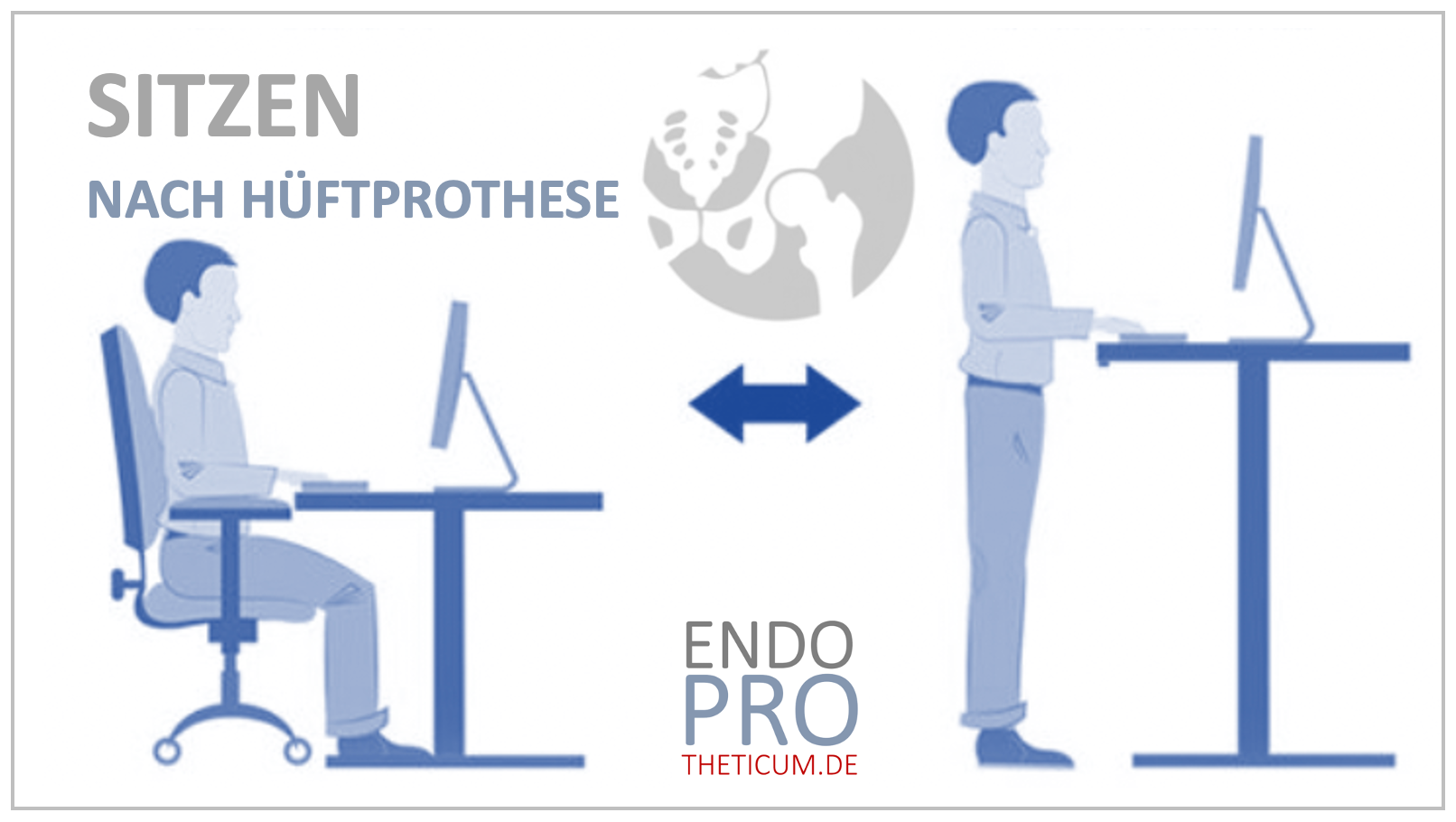Endoprotheticum - Short Shaft Center in Mainz
Extensive experience with short-stem prostheses

1. Introduction: What is a short stem for a hip prosthesis?
The term "short-stem" refers to a special type of hip prosthesis that is less invasive than traditional long-stem prostheses. Short-shaft prostheses are characterized by their shorter anchoring in the femur, which largely preserves the bone and optimizes the biomechanical function of the hip joint. This type of prosthesis is particularly suitable for younger patients or those with good bone structure who want the hip joint to be reconstructed as naturally as possible.
A hip prosthesis generally consists of three components:
- Shaft: This part is anchored in the femur.
- Head: Replaces the femoral head and forms the new articular surface.
- Joint socket: Is implanted in the pelvis and forms the counter surface to the prosthetic head.
Differences between short-stem and long-stem prostheses
Short-stem prostheses offer several key differences compared to traditional long-stem prostheses:
- Bone preservation: A main advantage of the short-stem prosthesis is greater bone preservation. Since the shaft is shorter, less bone material has to be removed, which is particularly advantageous in later revisions or a new prosthesis implantation.
- Anatomical adaptation: The short-shaft prosthesis is more closely aligned with the patient's natural anatomy. This enables a biomechanically optimized function of the hip joint, which supports natural freedom of movement.
- Reduced invasiveness: The shorter shaft allows the surgical procedure to be made more minimally invasive. This results in less tissue damage, a faster recovery period and a lower rate of postoperative complications.
- Weight distribution: Since the short shaft is anchored further up in the femur, the load is distributed over a larger area of the bone. This can make the prosthesis more stable and reduce the risk of complications such as loosening or fractures.
Benefits for different patient groups
The short-shaft prosthesis is particularly suitable for different patient groups:
- Younger Patients: Due to the low bone loss, the short stem prosthesis is ideal for younger patients who may require revision of the prosthesis later in life.
- Active Patients: Patients who lead an active lifestyle benefit from the greater stability and natural range of motion that the short stem prosthesis offers.
- Patients with good bone quality: Since the short-shaft prosthesis usually preserves more bone, it is particularly suitable for patients whose bone structure is healthy and robust.
Indications and contraindications
The indications for a short stem prosthesis include:
- Advanced osteoarthritis of the hip joint, in which the cartilage is severely worn down.
- Femoral head necrosis, in which the bone in the femoral head dies and affects the shape and function of the joint.
- Severe fractures of the hip joint in which it is not possible to restore the natural function of the joint without a prosthesis.
Contraindications may be:
- Significantly reduced bone quality, which makes it difficult to securely anchor the prosthesis.
- Severe deformations of the femur that prevent anatomical adaptation of the short-stem prosthesis.
The short stem prosthesis represents a modern, less invasive option for hip joint replacement, which is characterized by greater protection of the bone, improved adaptation to the natural anatomy and faster recovery after surgery. In particular, younger, active patients or those with good bone substance can benefit significantly from this type of prosthesis. The Endoprotheticum in Mainz has specialized in this innovative technology and offers comprehensive expertise in the use of short-shaft prostheses.
2. Development of short-shaft prostheses: A look into the past
The development of short-stem prostheses began in the 1980s when orthopedists sought less invasive methods for joint replacement. Over the past few decades, designs have continued to evolve with increasing emphasis on preserving bone and minimizing complications. Today, short-stem prostheses are among the most advanced and successful implants used in endoprosthetics.
3. Why the endoprosthetic in Mainz?
The Endoprotheticum in Mainz has established itself as a leading center for short-shaft prostheses. With an interdisciplinary team of specialists (surgeon, physiotherapists), the center not only offers state-of-the-art surgical procedures, but also comprehensive, patient-centered care. The combination of advanced medical technology and many years of experience makes the endoprosthetic the first choice for patients who need a short-shaft hip prosthesis.
4. Technological innovations in the field of short-shaft prostheses
At Endoprotheticum Mainz, the latest technological innovations are used to achieve the best possible results for patients. These include minimally invasive techniques, 3D planning and the use of high-strength materials such as titanium and ceramic, which ensure a longer lifespan and better functionality of the prosthesis.
5. Advantages of the short-stem prosthesis over traditional prostheses
The short-shaft prosthesis offers numerous advantages compared to conventional long-shaft prostheses. These include less bone loss, better anatomical reconstruction and greater stability of the implant. Patients often report faster recovery and greater satisfaction after surgery.
6. Indications for the use of a short-stem prosthesis
The short-shaft prosthesis is particularly suitable for patients who are active and in good physical shape. It is ideal for younger patients who expect the prosthesis to last a long time, but also for older patients with sufficiently good bone quality.
7. Minimally invasive surgical procedures in endoprosthetics
At the Endoprotheticum Mainz, minimally invasive procedures are routinely used to make the surgical procedure as gentle as possible. This results in a faster recovery period and less post-operative pain.
8. Experience reports from patients in endoprosthetics
Many patients report positive experiences at the Endoprotheticum Mainz, especially with regard to the short-shaft prosthesis. These reports underline the high quality of medical care and the competence of the medical team.
9. Aftercare and rehabilitation after a short-shaft hip prosthesis
An essential part of the success of treatment is aftercare and rehabilitation. At the Endoprotheticum Mainz, every patient is supported by an individual rehabilitation plan that is tailored to their specific needs.
10. Research and Innovation: The future of short-stem prostheses
The Endoprotheticum Mainz is actively involved in the research and development of new technologies and procedures in endoprosthetics. This ensures that patients always benefit from the latest scientific findings and innovations.
11. The team behind the success: experts from Endoprotheticum Mainz
The Endoprotheticum team consists of a leading specialist in the field of endoprosthetics and in particular short-shaft endoprosthetics as well as his employees. Their expertise and commitment to patients, education and research are critical to the center's success.
12. How patients benefit from the Mainz location
The central location of the Endoprotheticum in Mainz offers a great advantage for patients from the entire Rhine-Main region. The proximity to Frankfurt Airport makes the center easily accessible for international patients.
13. Conclusion: The Endoprotheticum Mainz as the first choice for short-shaft hip prostheses
In summary, Endoprotheticum Mainz is the ideal choice for patients who need a short-shaft hip prosthesis. The combination of advanced technology, high expertise and patient-oriented care makes the center a leading provider in this area.
MAKE AN APPOINTMENT?
You are welcome to make an appointment either by phone or online .


























